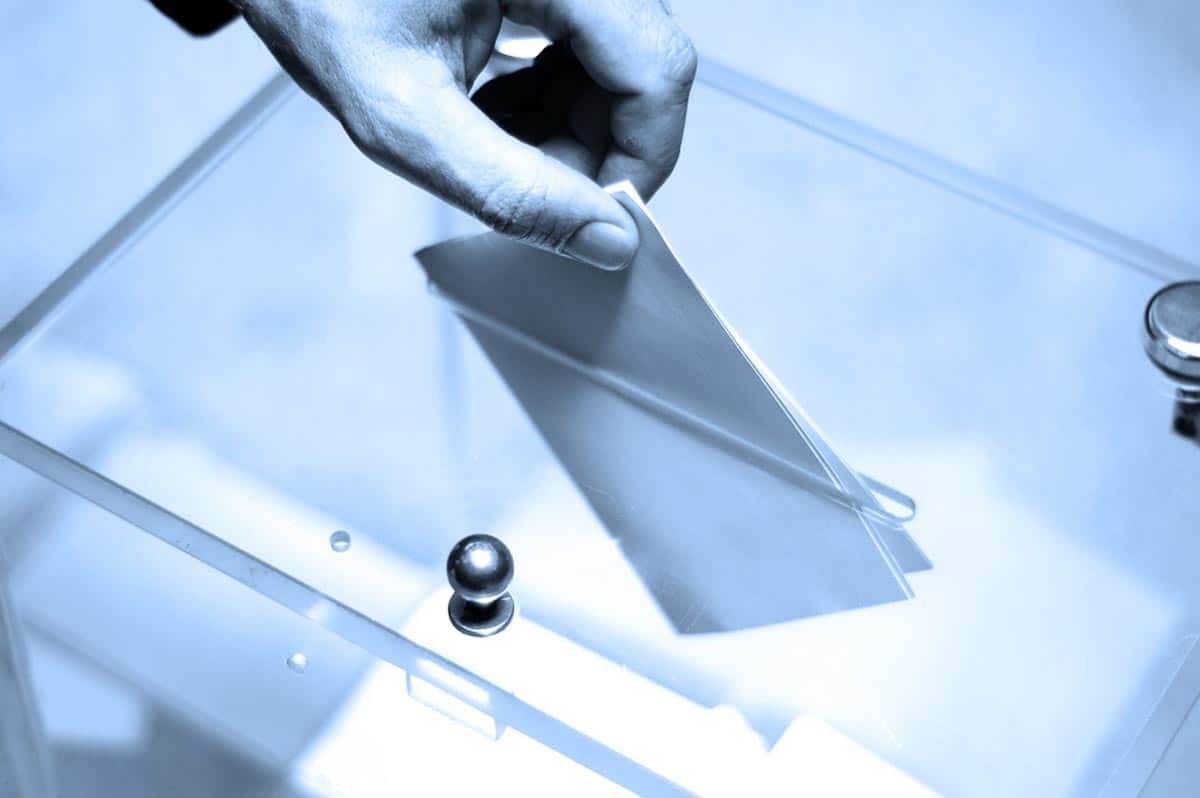The election this Saturday March 28 looks certain to deliver a Baird victory.
Across the board, the polls have the Government leading Labor 54% to 46%. While the Government is expected to lose anywhere from 10 to 18 seats, the reality is, it doesn’t matter.
The Government won too many seats in the 2011 election and, to use a market term, this election will likely result in a ‘correction’ rather than a ‘crash’.
While the Baird Government is likely to be returned for another four years, the real challenge will be with the final composition of the Upper House and whether Premier Baird has the numbers to green light his headline policy: the proposed electricity assets lease program.
Beyond Saturday
The stark reality is whether NSW gets the estimated $20 billion investment in infrastructure and services boils down to single digit sums in the NSW Upper House.
The Baird Government needs to win nine seats in the Upper House and secure support from the two Christian Democrats (CDP) to secure enough votes to push through the asset leases.
Anything less than nine seats means the Government’s infrastructure plan and ‘build for growth’ agenda hits the largest of potholes. The biggest ‘hold-your breath’ moment for the Baird Government will not be on Saturday but next week when the Upper House vote count gets underway.
Will Premier Baird get the support?
Historically, the CDP have supported the Government of the day while reserving the right to vote against the Government on moral issues. While some would say religion and politics should never mix, in Baird’s case having a strong faith is definitely a positive for this alliance.
To get their support, the CDP has publicly stated they want five year guarantees for all jobs and entitlements of workers, a five year decrease in power costs and no foreign ownership – all factors that would complicate any eventual deal to lease the ‘poles and wires’ assets in the eyes of potential buyers.
The CDP will also reportedly move to have a Parliamentary Committee investigate the proposed leasing benefits. While the business world might rightly (and justifiably) roll their eyes at a post-election parliamentary review or inquiry, the reality is the Government will do whatever it takes to ensure they can deliver the infrastructure promised, even if that delays the deal process.
The other minor party in the Upper House (apart from The Greens) is the Shooters and Fishers Party who are not backing the Government’s proposed electricity leases. Having a great chunk of their support originating from the Electrical Trade Union, this is hardly like to change.
The days before…
The scare campaign around the ‘poles and wires’ has most definitely climaxed and there is now limited momentum for it to pick up. Come tomorrow, the pre-election advertising blackout commences so the chance for Labor to pursue this angle is limited.
Support for the ‘poles and wires’ privatisations from Labor Party stalwarts like former Federal Resources Minister Martin Ferguson and former NSW Treasurer Michael Costa has definitely helped neutralise the debate.
While slow to prosecute their case, the Government has been able to harness a positive message around the proposed leasing plan by sighting examples like Victoria, where electricity network costs dropped by 18% following privatisation.
In the remaining days, it is likely Labor will also continue to focus on Coal Seam Gas (CSG) as an emotive issue to rally support, particularly in traditional National Party seats on the North Coast where the demographic shifts means these seats could fall to Labor and the Greens.
The reality is the NSW economy is doing well and while the public might not be completely sold on the leasing of the State’s ‘poles and wires’, they are sold on the proposed infrastructure investments and on Premier Baird’s leadership.
Citadel-MAGNUS advises clients on a range of stakeholder engagement topics, including how to navigate the complexities of government and the impacts of government policy on business conditions.


